Maha Shivaratri, also known as "The Great Night of Shiva", is a festival that fosters deep spiritual ties. On this night, when the ethereal energy permeates the very fabric of life, the mortal world seems most close to the divine. Numerous souls seek solace and divine intervention on this night because, according to Hindu beliefs, this cosmic alignment of the Earth's north pole creates a conduit for blessings and spiritual renewal.
The worship of Lord Shiva, the mighty cosmic dancer, the destroyer of obstacles, and the ultimate source of benevolence, is central to this beautiful night. The Pashupatinath Temple in Kathmandu serves as a symbol of devotion and a beacon of spiritual awakening, drawing hundreds of thousands of worshippers every Maha Shivaratri. Mantras are chanted, incense is burned, and flowers and other offerings are displayed as worshippers pay homage to Lord Shiva the whole day.
But it's not just solemn contemplation filling the air; it's a symphony of joyful celebration. The streets in the vicinity of the temples spring to life with vendors and devotees alike. Oil lamps' flashing flames and the echoing chanting of "Om Namah Shivaya" create a captivating atmosphere as the night draws in. Heartfelt offerings and earnest prayers gather in the temple's sanctuary, which houses the most revered Shiva Lingam of Nepal. Devotees wait hours in line for their chance to receive the darshan of the Shivalinga inside the temple.
A distinct fusion of the contemporary and the traditional comes from this rich fabric of tradition. With their ash-covered bodies and magical auras, the Sadhus and Jogis, or wandering ascetics, inspire a sense of eternity. These renouncers and searchers of the spiritual truth are a living link to the traditional rituals that make Maha Shivaratri what it is today.
There is, however, a modern twist. The festival's appeal has crossed international boundaries and attracted curious people from all over the world. The event has developed into a worldwide celebration of spirituality amid this cultural exchange, drawing both devotees and others looking to comprehend and experience the true meaning of Maha Shivaratri.
We'll go deeper into the myths surrounding Maha Shivaratri on this blog and examine the exciting stories that have influenced this festival. We'll explore the fascinating stories of Sadhus and their particular relationship to the festival. We'll also examine cultural issues, such as the connection between Maha Shivaratri and marijuana, and its relevance in contemporary society.
Consider Reading: Festivals of Nepal
Join us as we explore the mystique of Maha Shivaratri, a night that unites the sacred and earthly, reflecting Nepal's cultural diversity and spiritual depth, and encourages us all to participate in its hypnotic tapestry.
About Shivaratri festival
Shivaratri is a Hindu celebration that is not only celebrated in Nepal and India but in the entire Indian subcontinent, specifically by the Hindu followers. But the fascinating part is now the foreigners’ are also seen celebrating the Shiva Ratri. The spiritual epicentre is considered to be the East Asian region that has some Hindu epics and historical happenings, making it a holy land. The religious texts describe the significance and merits of the Shivaratri festival celebration. Some foreigners can be seen around the Pashupatinath temple for the celebration of the Shivaratri festival in Nepal.
The enthusiasm among the Hindu followers to celebrate the Shivaratri festival is wonderful. The Shivaratri festival owes different versions of stories behind the bombastic celebration, one being the marriage of Shiva and Parvati.
History and Legends : Why is Maha Shivaratri Celebrated?
Maha Shivaratri, an ancient Hindu festival celebrated with great fervor, has its roots intertwined with various mythological tales and historical significance. This sacred occasion honors Lord Shiva, one of the principal deities in Hinduism (Trideva), and holds a deep spiritual meaning for millions of devotees.
The Divine Union: One notable legend behind Maha Shivaratri revolves around the marriage of Lord Shiva and Goddess Parvati. It is believed that Parvati ardently sought Shiva as her husband and undertook rigorous penance to win his affection. Her unwavering devotion and ascetic practices pleased Shiva, leading to their divine union. Maha Shivaratri commemorates this auspicious marriage, symbolizing the sacred bond between the divine feminine and masculine energies, epitomizing the essence of cosmic harmony.
The Cosmic Dance: Lord Shiva's cosmic dance, known as the Tandava, represents the rhythmic cycle of creation, preservation, and destruction in the universe. Maha Shivaratri is believed to be the night when Shiva performs this celestial dance, filling the cosmos with divine energy. This aspect of the festival emphasizes the eternal nature of existence, where every ending birth a new beginning, a concept central to Hinduism.
The Savior of the World: According to ancient Hindu scriptures, during the churning of the ocean (Samudra Manthan) by gods and demons, a lethal poison emerged, threatening the very fabric of existence. In a selfless act to protect the universe, Lord Shiva consumed this poison, holding it in his throat which turned his throat blue. This act granted him the name "Neelkanth," or "Blue Throat," and Maha Shivaratri is celebrated as the night he swallowed the poison, demonstrating his benevolence and commitment to safeguarding the universe.
Adiyogi's Revelation: In the yogic tradition, Maha Shivaratri is considered the night when Lord Shiva, revered as Adiyogi (the first yogi), imparted the profound knowledge of yoga and spiritual wisdom to his disciples. This event signifies the awakening of higher consciousness and the path to self-realization, making Maha Shivaratri a time for spiritual introspection, meditation, and the pursuit of enlightenment.
Through these captivating legends, Maha Shivaratri has evolved into a multifaceted celebration that encapsulates devotion, cosmic balance, and the pursuit of spiritual growth. It serves as a reminder of the divine forces that shape the universe and offers devotees an opportunity to connect with the eternal essence of Lord Shiva, fostering a deep sense of unity and reverence within the rich tapestry of Hindu culture.
Rituals: How is Maha Shivaratri Celebrated?
Maha Shivaratri, a revered Hindu festival, is celebrated with a series of time-honored rituals, each carrying deep spiritual significance. As devotees come together to honor Lord Shiva, they engage in practices that symbolize devotion, purification, and a profound connection with the divine. Let's explore the rituals that characterize the vibrant celebration of Maha Shivaratri:
Consider Reading: Kathmandu Cultural Tour
Abhishekam (Holy Bathing): At the heart of Maha Shivaratri celebrations lies the sacred ritual of abhishekam. Devotees throng to Shiva temples, where they lovingly bathe the Shiva Lingam, the sacred symbol of Lord Shiva, with water, milk, honey, ghee, and other auspicious offerings. This symbolic act not only purifies the Lingam but also signifies the purification of their own souls, seeking spiritual rejuvenation and blessings from the divine.
Continuous Vigil (Jaagran): The night of Maha Shivaratri is infused with divine energy, prompting many to observe a Jaagaran, a nightlong vigil of devotion and meditation. With unwavering dedication, devotees stay awake through the night, immersed in prayers, chants, and contemplation of Lord Shiva. This practice creates an atmosphere of spiritual awakening, allowing participants to connect deeply with the divine presence.
Fasting (Upavas): Fasting is a prevalent practice during Maha Shivaratri, reflecting devotion, self-discipline, and purification. Devotees abstain from food, either for the entire day or until the next morning, as an act of reverence for Lord Shiva. This practice cleanses the body, mind, and spirit, demonstrating their dedication to the deity and detachment from material desires.
Chanting Shiva Mantras: The resonance of Shiva mantras fills the air during Maha Shivaratri. Devotees chant the potent mantra "Om Namah Shivaya" and other sacred hymns, seeking to invoke Lord Shiva's divine presence. Through these vibrations, they purify their thoughts, align with cosmic energy, and establish a spiritual connection with the compassionate and wise Lord.
Visiting Shiva Temples and Offering Bel Leaves: Maha Shivaratri draws devotees to Shiva temples, the spiritual hubs where the divine energy of Lord Shiva is felt most intensely. Here, they express their devotion through prayers, offerings, and seeking the divine blessings of Lord Shiva. These temple visits signify reverence, gratitude, and the desire for divine guidance and protection.
A tender gesture of love and reverence, the offering of bilva (bel) leaves to the Shiva Lingam holds profound significance. Devotees believe that this offering pleases Lord Shiva and brings forth his blessings, protection, and the fulfillment of cherished wishes.
Listening to Shiva Kathas (Stories): Gatherings to listen to Shiva Kathas, the captivating tales of Lord Shiva's divine acts, are an integral part of Maha Shivaratri celebrations. Devotees attentively absorb these stories, deepening their understanding of Lord Shiva's significance and the spiritual lessons inherent in his divine deeds. Through these narratives, they connect with the divine narrative and reinforce their devotion.
Yoga and Meditation: Maha Shivaratri is an opportune time for yogic and meditative practices. Many practitioners engage in yoga and meditation, aiming to transcend the physical realm and attain inner peace. Through these practices, they seek to align with Lord Shiva's qualities as the Adiyogi, the first yogi, and gain deeper insights into the nature of existence.
Related: Yoga In Nepal
Acts of Charity: The spirit of compassion and selflessness is illuminated on Maha Shivaratri through acts of charity. Devotees extend their blessings to others by donating food, clothing, or contributing to charitable causes. This practice embodies Lord Shiva's benevolent nature and serves as a reminder to share one's blessings with the less fortunate.
Cultural Celebrations: Beyond the religious aspects, Maha Shivaratri is a time of cultural celebration. Festivities include processions, music, dance, and traditional performances that showcase the vibrant cultural heritage associated with the festival. These cultural expressions foster a sense of community, preserve traditions, and contribute to the festive spirit of the occasion.
In sum, the celebration of Maha Shivaratri is a harmonious blend of devotion, purification, spiritual connection, and cultural festivities. Each ritual undertaken by devotees carries profound meaning, uniting them in their reverence for Lord Shiva and their quest for divine blessings and spiritual growth.
Major Celebration: Maha Shivaratri In Pashupatinath Temple
In the heart of Kathmandu, Nepal, stands the revered Pashupatinath Temple, a monument of devotion to the Hindu deity Shiva. When the annual Maha Shivaratri festival arrives, the temple's significance reaches its pinnacle, drawing a multitude of devotees who gather to offer their reverence and participate in the sacred celebrations.
During Maha Shivaratri, the very atmosphere of the temple undergoes a remarkable transformation. The serene grounds become a hub of activity, while the surrounding streets are carefully cordoned off in preparation for the influx of devotees. It's truly a sight to behold as pilgrims not only from Nepal but also neighboring India and other nations converge to partake in the ceremonial rites and to express their collective devotion.
As the sun gracefully dips below the horizon, Pashupatinath Temple takes on an ethereal glow. The sight of ash-covered babas and sadhus, lost in their fervent worship of Lord Shiva, evokes a deep sense of awe and reverence. The major event of the day is the Sandhya Aarati performed by the main priests of Pashupati. Devotees are in thousands of numbers, observing the aarti and singing bhajan kirtan in beautiful harmony. At the end of the Sandhya Aarti, the head priest performs Tandava in the Bagmati river which radiates such a powerful aura that is sure to captivate anyone in the vicinity.
Adjacent to the tranquil banks of the Bagmati River, the Naga Babas, also known as Aghori Sadhus, assemble in all their splendor. They can be recognized by their unique lifestyle choices, such as going bare-bodied and incorporating marijuana into their spiritual practices. These diverse expressions of spirituality coexist harmoniously within the sacred confines of the temple, underscoring the inclusive nature of religious beliefs.
Inside the temple precincts, the essence of Maha Shivaratri assumes a transcendental quality. Guhyeswari Temple, dedicated to Parvati, stands adjacent to the main shrine, attracting seekers of divine blessings and enlightenment from across the globe. The event's seamless organization is the handiwork of the Pashupatinath Trust, ensuring that even throughout the night, the temple reverberates with cultural performances and acts of devotion. The rhythmic Tandav dance and soul-stirring hymns create an immersive spiritual experience that draws participants into a communal bond.
Central to the observances is the practice of fasting, symbolizing devotion in its purest form. Women, in particular, engage in this tradition fervently. Married women fast to safeguard the health and longevity of their husbands, while unmarried women fast with hopes of finding a life partner who mirrors the qualities of Lord Shiva – love and loyalty. The sight of patient women standing in queues for hours, awaiting their turn for darshan, epitomizes the significance of this practice.
In summation, the Maha Shivaratri celebration at Pashupatinath Temple beautifully showcases the coexistence of tradition, devotion, and cultural expressions. Here, individuals from all facets of life come together to honor the divine and reflect on their spiritual journey within the same sacred space, making it a unifying experience that transcends boundaries.
Related Read: Pumdikot-Shiva Statue
Marijuana and Shivaratri: Is Marijuana Legal in Nepal?
The consumption of marijuana during Shivaratri is rooted in the belief that it's a favorite indulgence of Lord Shiva. Many young enthusiasts and ascetics smoke marijuana as a sign of their true devotion to Shiva, considering it an offering to him. However, it's important to note that the consumption of marijuana is discouraged by the legal systems in some parts of the world.
On the day of Shivaratri, a significant number of Aghori Sadhus and Saints gather around Shiva temples and spend time smoking weed as they immerse themselves in the celebration of Shiva's night. The act of praying and lounging during Shivaratri can be observed in Shiva temples all around the world. Some major temples attract a plethora of Hindu followers, dreadlocked saints, and babas who are often seen with pot in hand and indulging in hashish.
The Shivaratri festival in Nepal is vibrant and captivating. The premises of Pashupatinath Temple, in particular, witness the presence of numerous sadhu babas engaging in marijuana consumption. However, it's crucial to be cautious, as getting caught in possession might lead to legal consequences.
Although Sadhus and Babas may appear to relish their cigarettes and marijuana, it's essential to remember that marijuana is illegal in Nepal. On the day of Shivaratri, the Nepalese government refrains from intervening in Sadhus' marijuana usage due to its spiritual significance. However, outside of Shivaratri, marijuana consumption is considered a criminal offense. Hence, while some leniency is allowed in smoking around the premises of Shiva temples during the festival, the trade and broader use of marijuana remain prohibited, even on this auspicious occasion.
Shivaratri Festival Celebration by Nepal Army
The way the Nepal Army celebrates Maha Shivaratri is pretty remarkable, resonating with unity and pride. This auspicious occasion coincides with Nepal Army Day. They hold this big event at Tundikhel's army Pavilion, and man, it's something to see. The Nepal Army shows off their skills and diverse talents, and it's clear they take this day seriously.
But it's not just about the show. It's about what it represents. The army isn't just about protecting us from the outside, they're also about us, the people. So, during this celebration, they're saying, "Hey, we're here for you, Nepal." They have military displays and also cultural performances – it's a mix of old traditions with modern twists.
The presence of dignitaries further underscores the importance of the occasion. Eminent figures including the President, Vice President, Prime Minister, and defense ministers converge to honor the Nepal Army's dedication. It's like everyone's gathered to give these soldiers a nod for their dedication, for being our shield, and for being our strength.
Oh, and the best part? You don't have to be there in person. They put it on TV, live! So even if you're chilling at home, you can still feel part of the action. The way Nepal Army celebrates Maha Shivaratri is a glimpse into our national pride and unity. Plus, the government of Nepal announces a public holiday on the auspicious occasion of Shivaratri showcasing it as a highly venerated festival.
Summing Up
As the moon waxes and the stars illuminate the sky, the spiritual aura of Maha Shivaratri envelops the land. From the grandeur of Pashupatinath Temple to the humblest households, devotees embark on a journey of devotion, self-discovery, and introspection. The rhythmic chants, the flicker of diyas, the scent of incense, and the echo of ancient hymns intertwine to create an atmosphere that transcends time.
The diverse practices, each with its unique significance, offer a mosaic of experiences for those partaking in the celebrations. Fasting symbolizes sacrifice and dedication, while the intoxicating aroma of cannabis serves as a unique offering to Shiva. The devotion of women seeking the blessing of an ideal husband and the spiritual renunciation of babas immersing themselves in sacred rituals all blend to create a profound tapestry of devotion.
The grand spectacle of Nepal's Shivaratri, where temples come alive with dancing, singing, and vibrant displays of devotion, echoes the spiritual pulse of the nation. The celebration also extends to the Nepal Army, a reflection of unity and professionalism that resonates with the devotion to both people and the country.
In conclusion, Maha Shivaratri isn't merely an event; it's a phenomenon that unites hearts and souls in a shared journey of faith. It serves as a reminder that amidst the cacophony of modern life, there exists a timeless connection to spirituality and tradition. As the cycle of Maha Shivaratri continues, its celebration is a testament to the power of devotion, the beauty of diversity, and the eternal quest for transcendence.





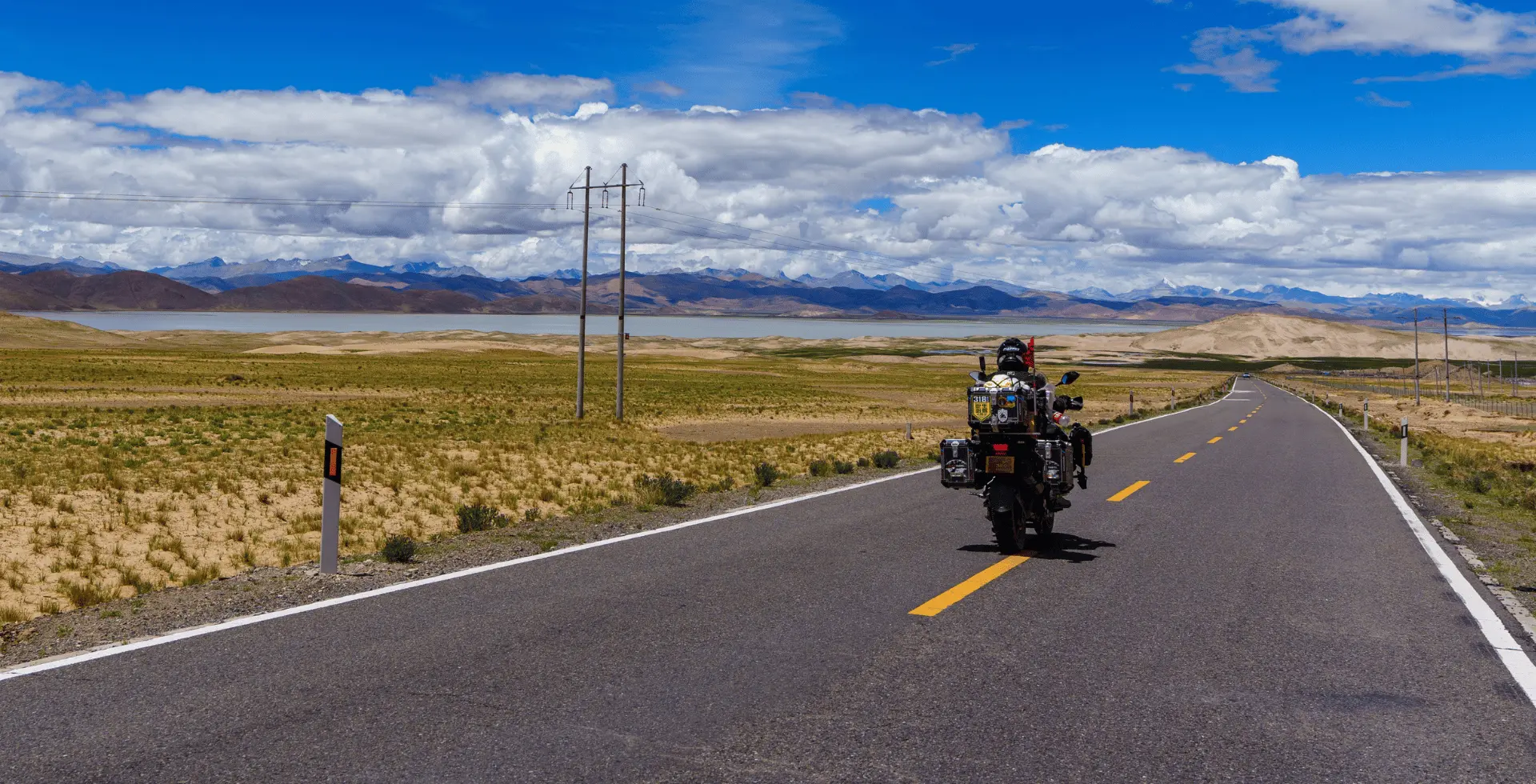


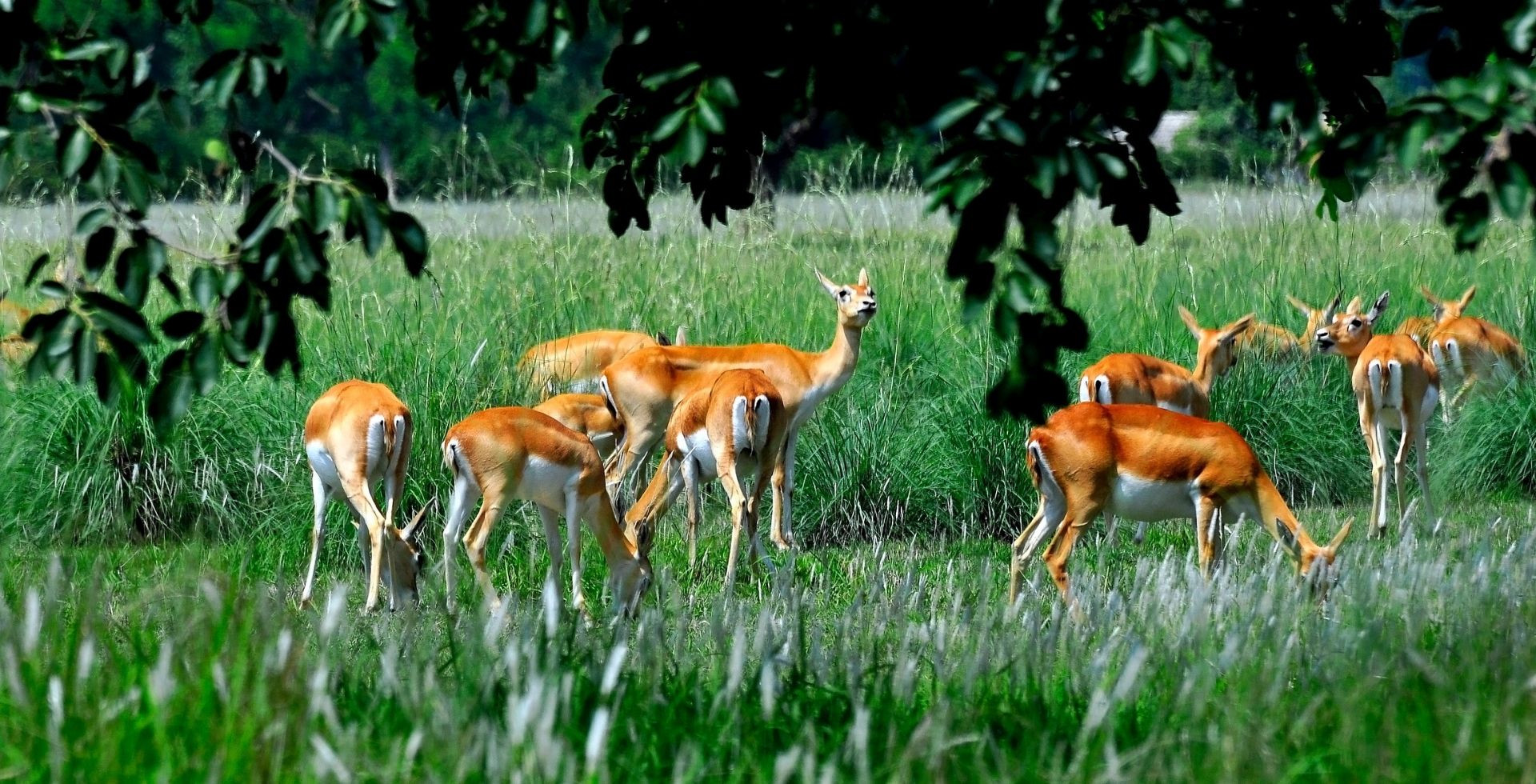
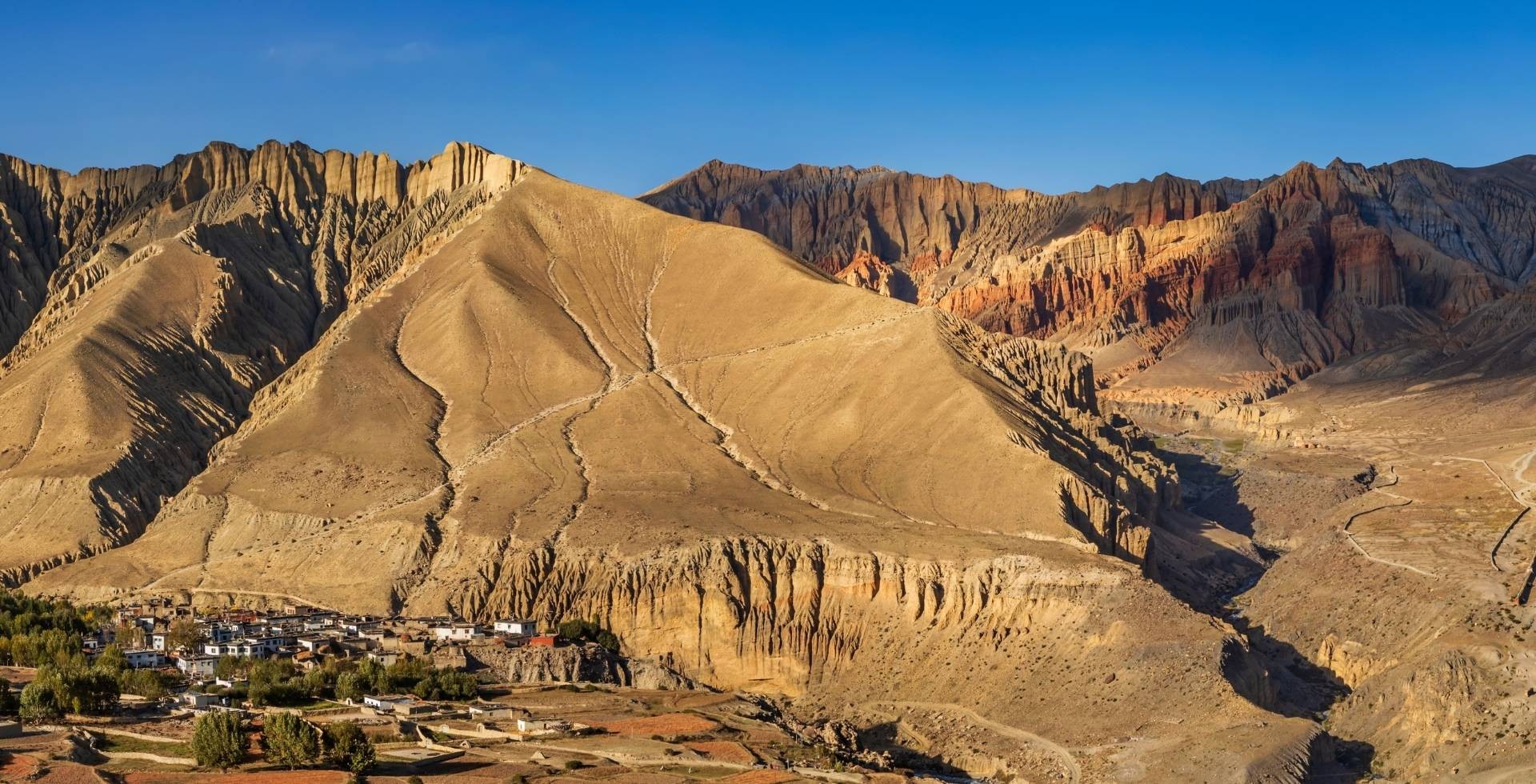

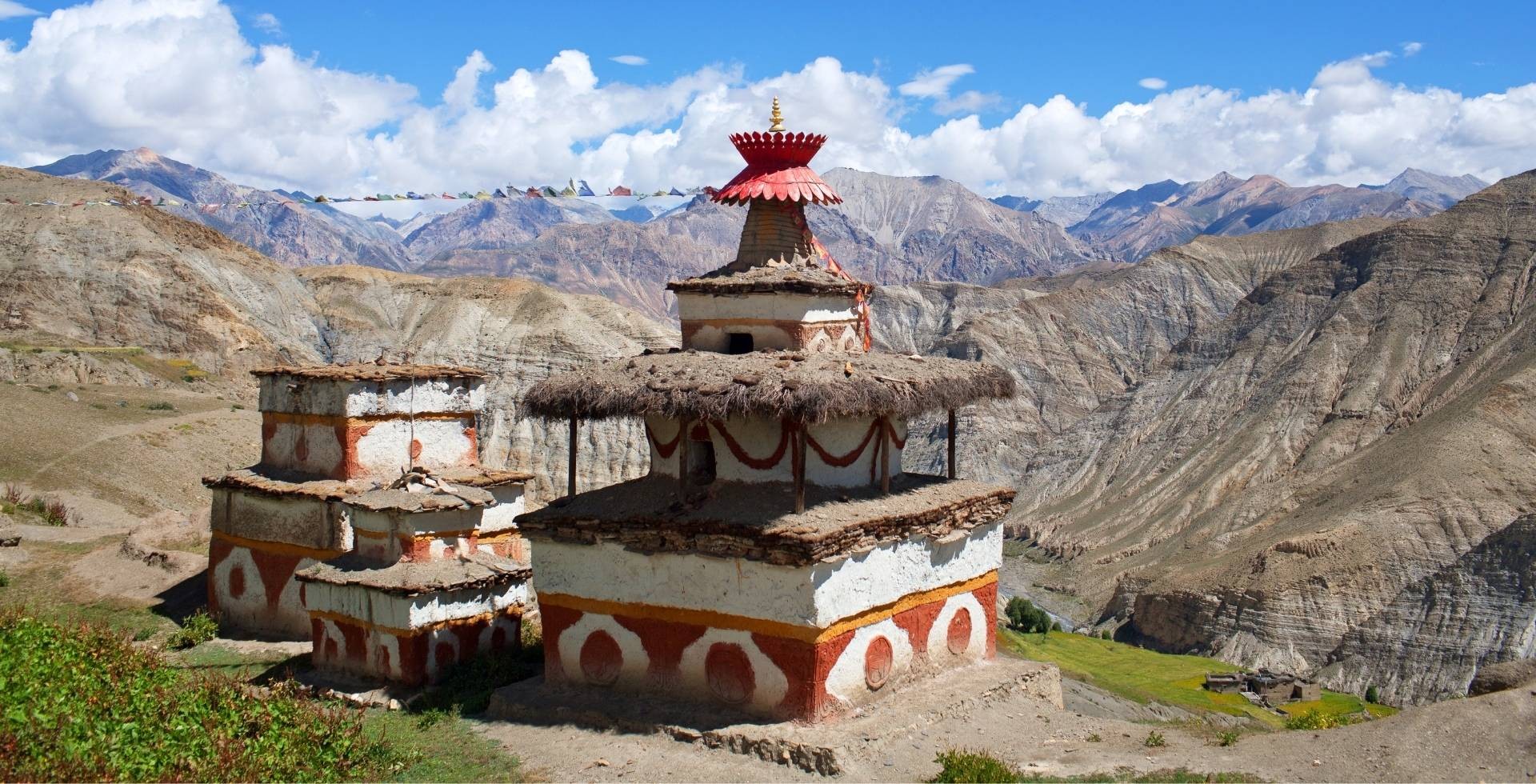
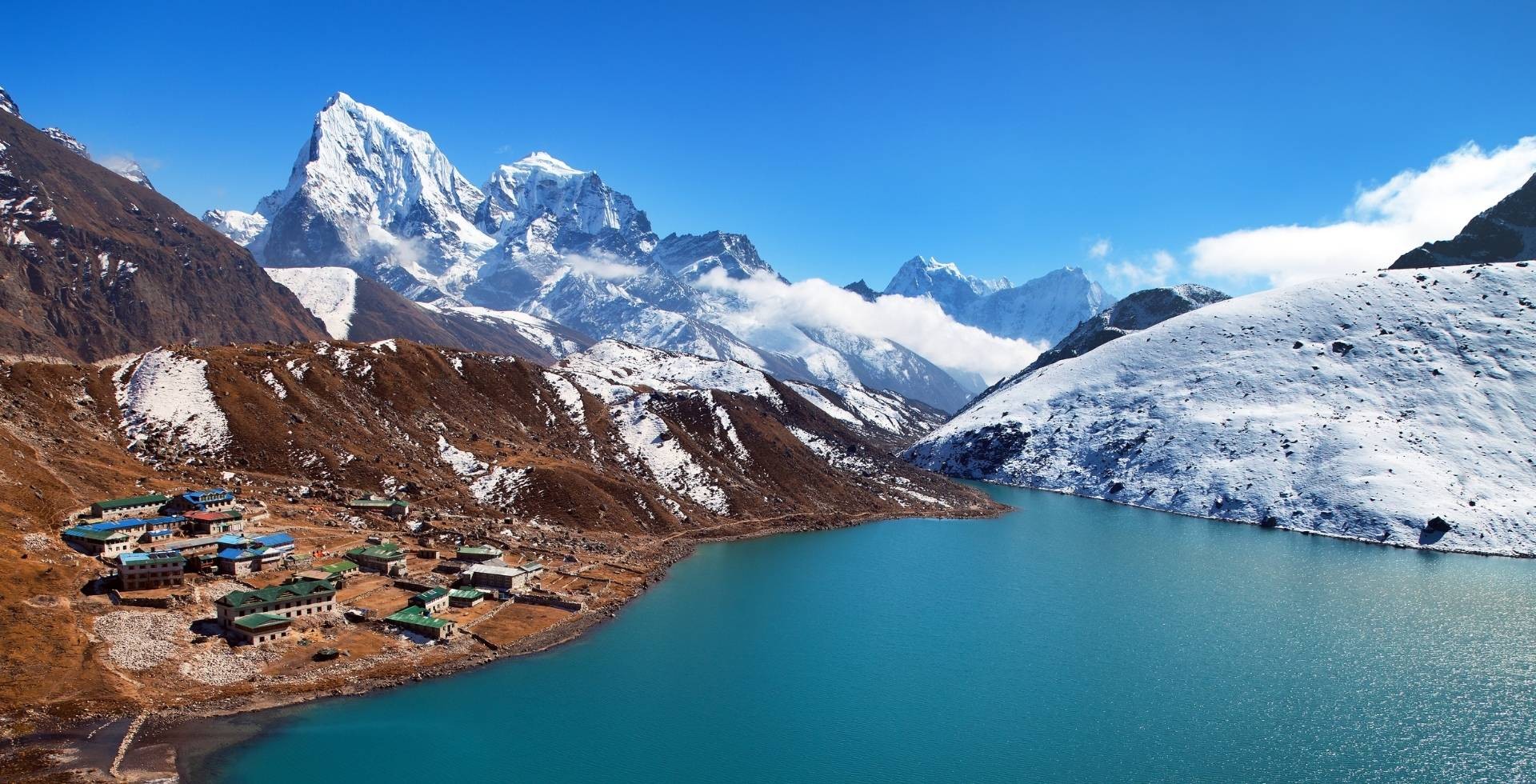

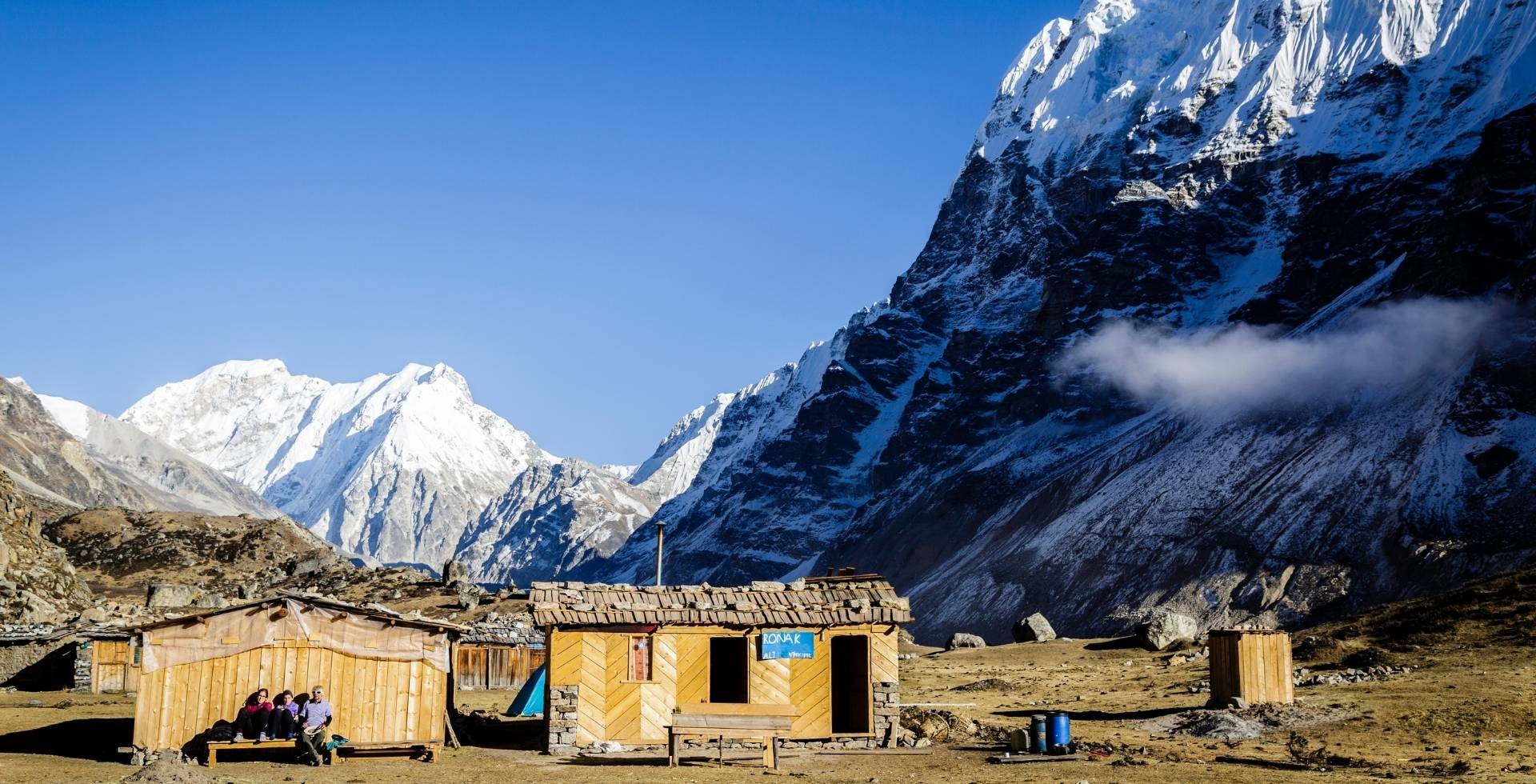
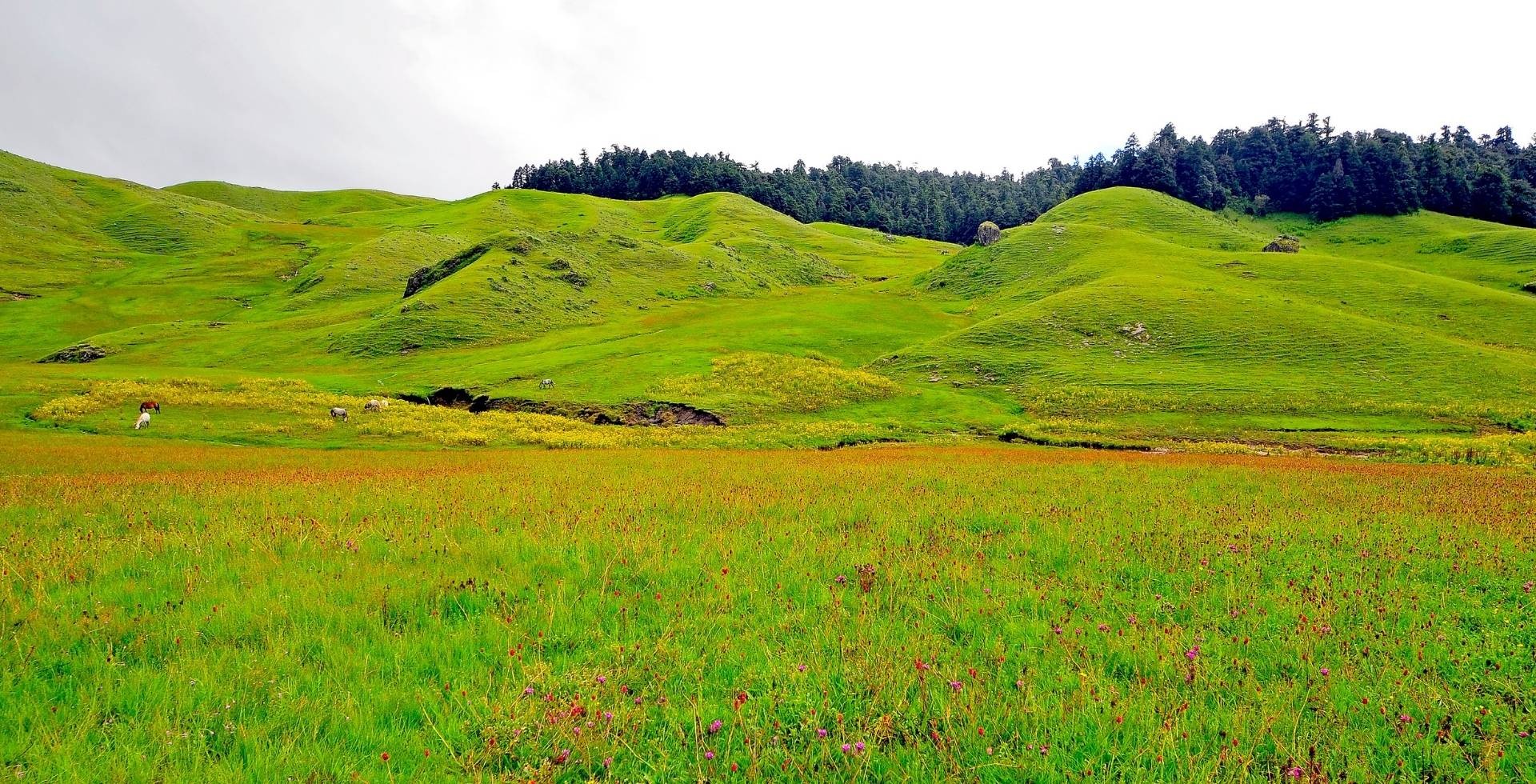
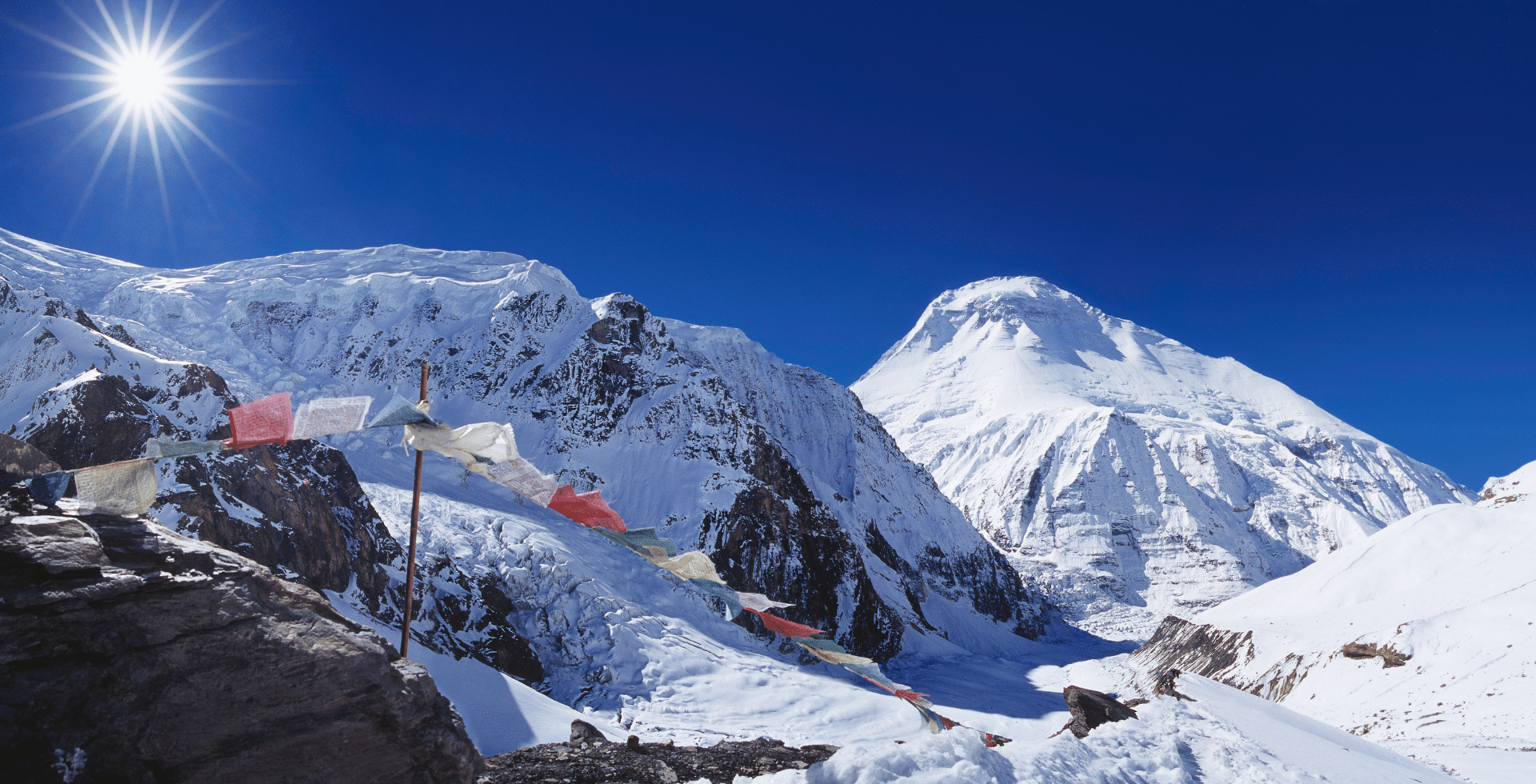

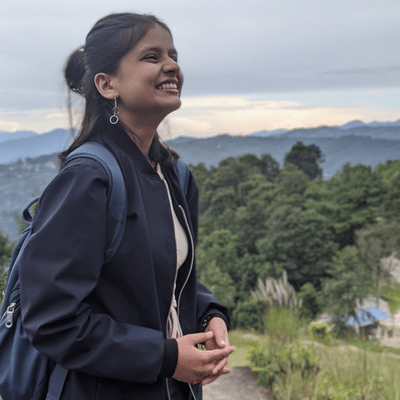 Karuna Bhattarai
Karuna Bhattarai